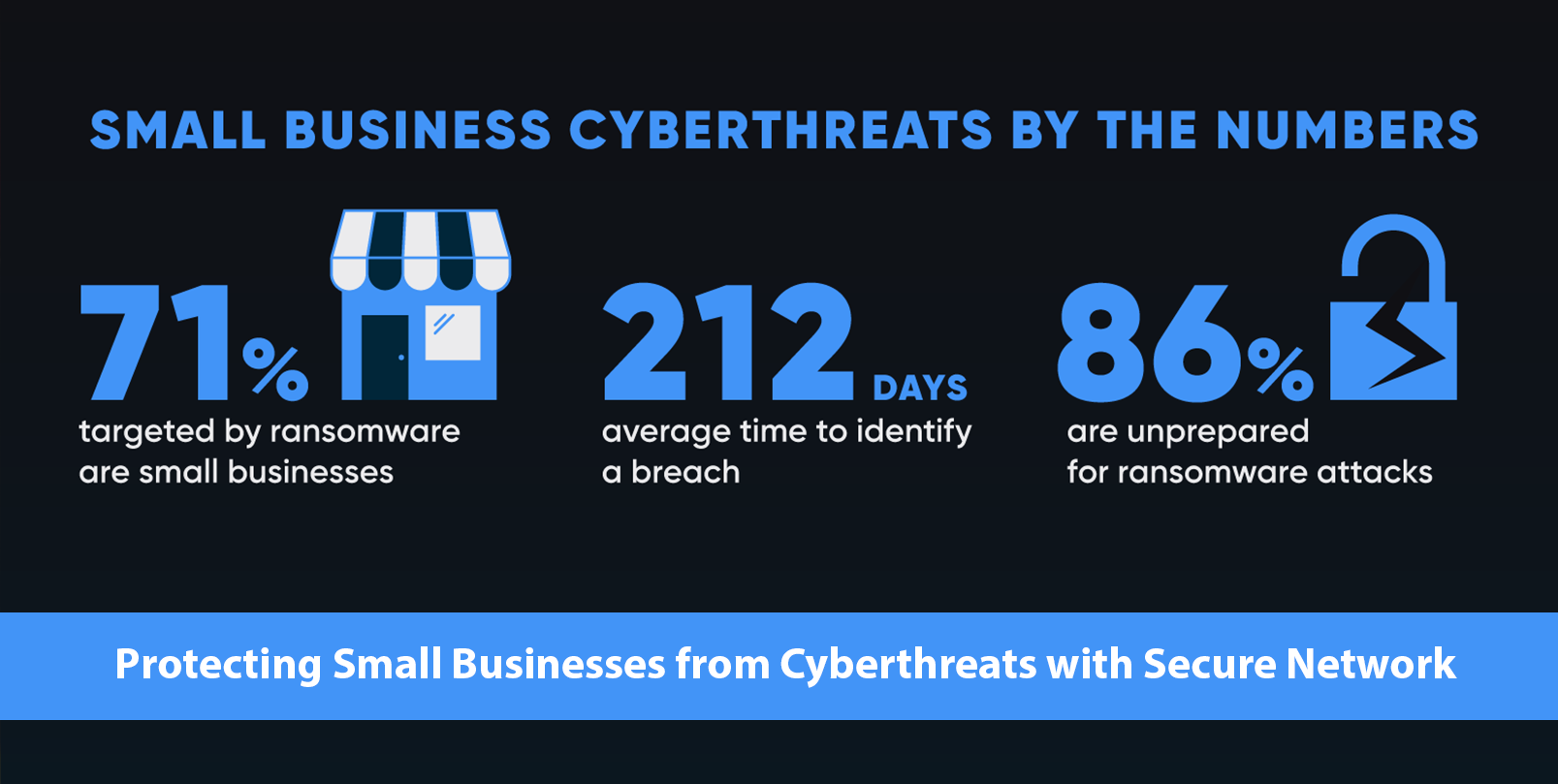This Year and Every Year, Plan A Thoughtful IT Budget
Effective budgeting is crucial for the success of any organization. The constantly changing state of technology and new threats, combined with the subjective nature of estimating risks, makes IT budgeting a unique challenge that all businesses face. Here are tips to make it a little easier as you kick off the new year.
Assess your current technology footprint
Create or update an inventory of hardware, software and cloud services. Take note of the specific versions of software and any valid hardware warranty periods.
- Document the “end of life date” for any critical software in your environment. Each software vendor sets its own support period for software, and you should ensure your budget allows for replacement or upgrading of this software before the support period ends. Be sure to account for internal and third-party labor costs. All critical software should be kept up to date and under support to ensure timely assistance if a problem arises and to assure patches for bugs and security vulnerabilities are available as problems are discovered.
- Review the list of hardware that is approaching its warranty date. While not all hardware needs to be under warranty, it is critical that if you opt to allow manufacturer warranties to lapse, you have a plan to replace that hardware in the event that it suddenly fails. For equipment such as a desktop or laptop, this may be a simple task. However, if storage arrays, critical servers and core network equipment such as firewalls or switches fail, the impact on your organization could be significant, and finding a suitable replacement may be a challenge.
- Review your organizational goals for the year, and align IT improvements and budgets toward achieving them. Technology is ultimately a tool to help move your business forward, and investments in those tools are critical in achieving those goals. Prioritize projects that reduce organizational risk and drive goals forward. Take a holistic view and refrain from focusing solely on new things. “Technical debt” usually ends up being paid in downtime or security compromises, so it’s important that you are maintaining what exists as you focus on the future. Include in your goals a plan to properly decommission legacy environments before they become problems.
Conduct a risk assessment
Review your cybersecurity posture. Ask questions such as: Where is your most valuable data? What are your current weak points? Set goals and assign budgets to true up the weaknesses with an emphasis on protecting the things that are worth the most to your organization. The return on an investment in implementing security is generally a reduction in risk. Be sure to account for all types of risk, including natural disasters, cyberattacks and human error. Work with a security vendor if you need help understanding current risks, and consult insurance providers to ensure your policies align with the amount of risk you choose to accept.
Invest in your people
One of the biggest mistakes organizations make is overlooking the investment of training their technical teams. Technology changes quickly, and keeping up with those changes benefits your organization. Work with your IT team to set a budget for training on technologies that will protect and advance your organization.
In 2024, businesses should view technology as a strategic investment in their success. By aligning IT budgets with business objectives, technology can be a differentiator between you and your competitors. A well-planned IT budget not only supports current operations; it positions the business for future growth and success. Keeping cybersecurity top of mind ensures you minimize the risk of modern cyberthreats.
———
Jordan Silva is a senior manager of security and cloud services at Hawaiian Telcom. Reach him at jordan.silva@hawaiiantel.com.
© Honolulu Star-Advertiser
Visit this article in the Star-Advertiser.







